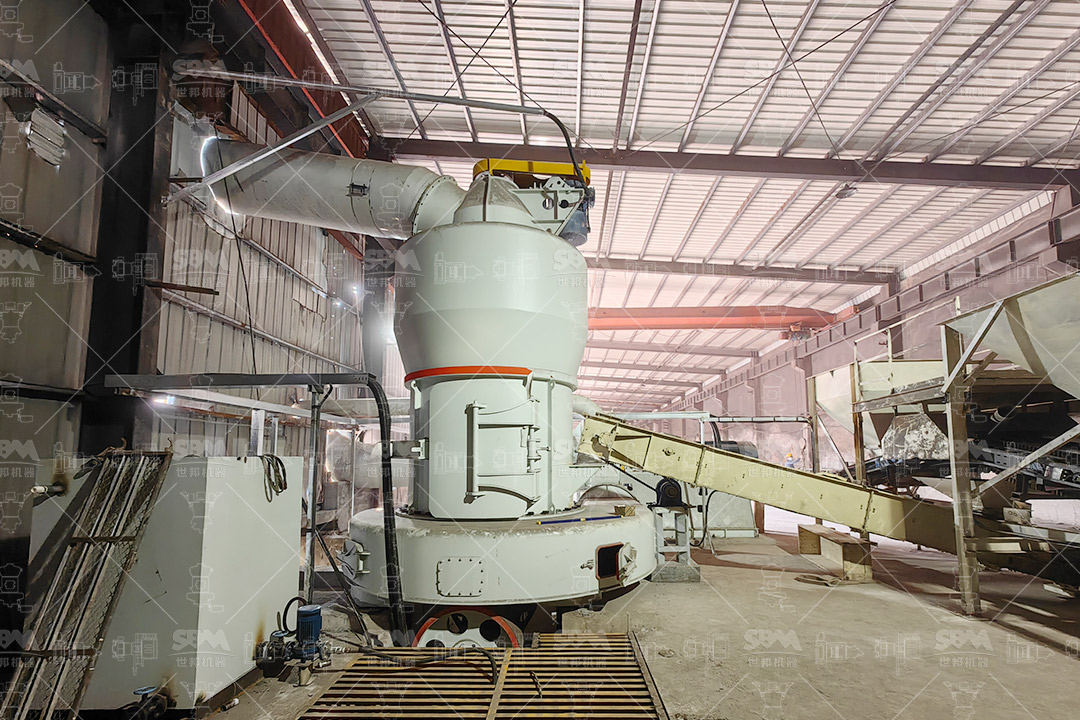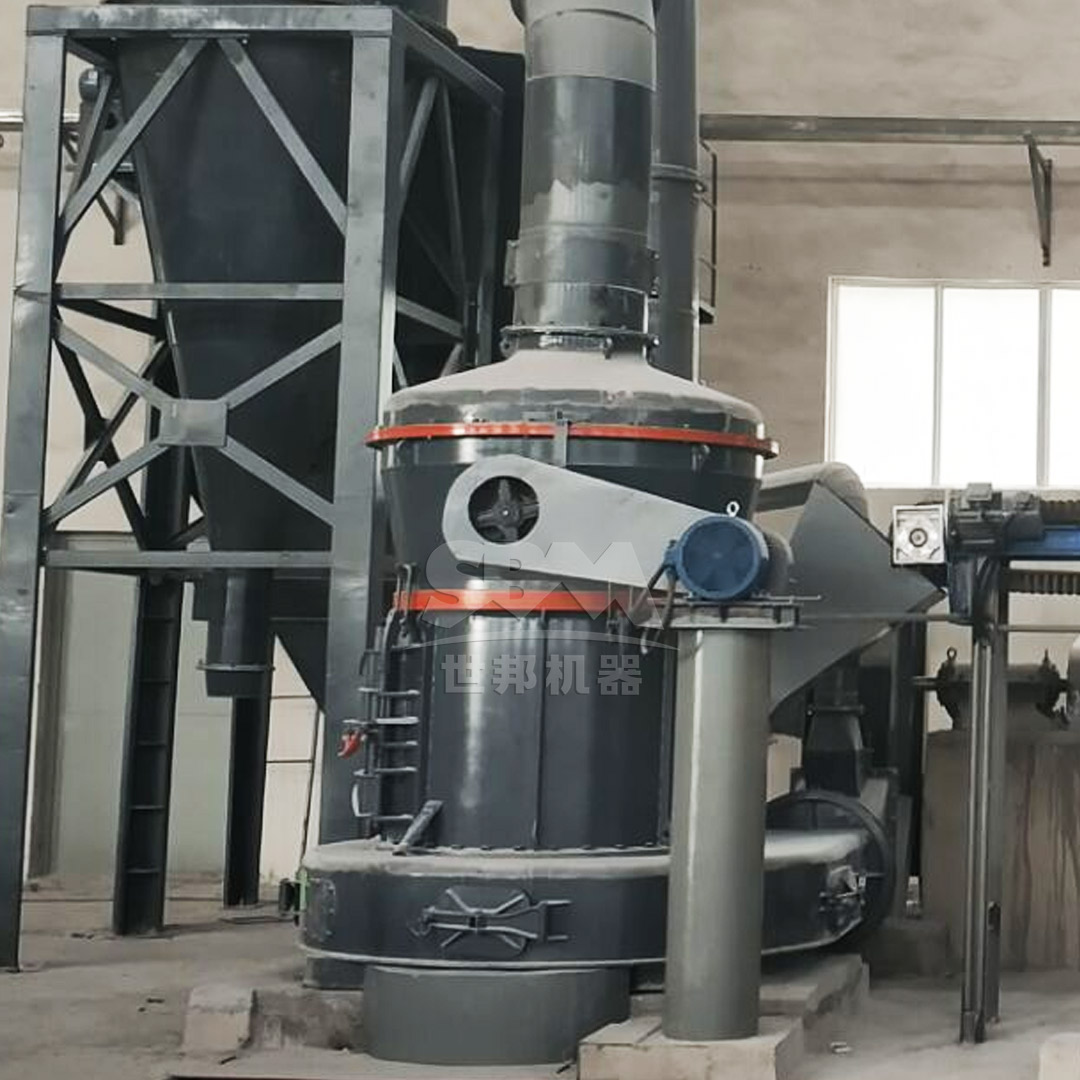The global construction industry faces unprecedented pressure to reduce its environmental footprint, with cement production accounting for approximately 8% of worldwide carbon dioxide emissions. As the construction sector increasingly prioritizes sustainability, cement manufacturers must adopt innovative technologies that enhance efficiency while minimizing environmental impact. Vertical grinding mills represent a transformative solution in this pursuit, offering significant advantages over traditional ball mills in clinker grinding operations.
Modern vertical roller mills (VRMs) have revolutionized cement production through their superior energy efficiency, reduced carbon emissions, and enhanced operational flexibility. This article examines the technical advancements, operational benefits, and environmental advantages of vertical grinding technology in cement clinker processing, with particular focus on how these systems contribute to sustainable construction practices.

The cement industry has undergone significant technological evolution in clinker grinding methodologies. Traditional ball mills, while reliable, suffer from inherent limitations including high energy consumption, significant heat generation, and limited particle size control. The introduction of vertical roller mills addressed these challenges through innovative grinding principles and mechanical design.
Vertical grinding mills utilize a bed compression principle rather than the impact and attrition approach of ball mills. This fundamental difference in grinding mechanism enables substantial reductions in specific energy consumption—typically 30-40% lower than conventional ball mill systems. The efficient comminution process also generates less waste heat, reducing the need for auxiliary cooling systems and further enhancing energy savings.
Contemporary vertical grinding mills incorporate multiple technological advancements that optimize clinker grinding operations. These include hydro-pneumatic spring systems for consistent grinding pressure, advanced classifier designs for precise particle size control, and integrated drying capabilities that allow processing of materials with higher moisture content. The modular design of modern VRMs facilitates maintenance and replacement of wear parts, minimizing downtime and extending operational lifespan.
| Grinding System | Specific Power Consumption (kWh/t) | Noise Level (dB) | Particle Size Control | Space Requirements |
|---|---|---|---|---|
| Traditional Ball Mill | 38-45 | 95-105 | Moderate | High |
| Vertical Roller Mill | 26-32 | 75-85 | Excellent | 40-50% less |
| Hybrid Systems | 30-36 | 85-95 | Good | Moderate |
The most significant advantage of vertical roller mills lies in their exceptional energy efficiency. By utilizing the bed compression principle rather than impact grinding, VRMs achieve substantial reductions in specific energy consumption. Industry data demonstrates that vertical mills typically consume 30-40% less energy than traditional ball mills for the same grinding duty. This translates to direct operational cost savings and reduced carbon emissions per ton of cement produced.
Additionally, the compact design of vertical mills reduces the power requirements for auxiliary equipment. The integrated classifier eliminates the need for separate external classification systems, while the reduced footprint decreases material handling distances. These factors contribute to overall plant efficiency and further enhance the energy savings achieved through the primary grinding process.
Vertical grinding mills offer superior control over product particle size distribution, a critical factor in cement performance characteristics. The integrated dynamic classifiers in modern VRMs enable precise adjustment of product fineness, with the ability to produce cement with steeper particle size distributions than achievable with ball mills. This results in improved cement hydration properties and ultimate strength development.
The grinding process in vertical mills generates less heat compared to ball mills, reducing the risk of gypsum dehydration and subsequent false set problems in the final cement product. The consistent temperature profile throughout the grinding chamber ensures uniform product quality and enhances the reliability of cement performance in concrete applications.

The transition to vertical grinding technology represents one of the most effective strategies for reducing the carbon footprint of cement manufacturing. The significant energy savings directly translate to lower CO2 emissions from power generation. For a typical cement plant producing one million tons of cement annually, adopting vertical roller mill technology can reduce CO2 emissions by 30,000-50,000 tons per year, depending on the local energy mix.
Furthermore, vertical mills demonstrate greater compatibility with supplementary cementitious materials (SCMs) such as granulated blast furnace slag, fly ash, and natural pozzolans. The efficient grinding of these materials enables higher substitution rates for Portland cement clinker, further reducing the carbon intensity of the final cement product. This capability positions VRM technology as a key enabler for the production of blended cements with significantly lower environmental impact.
Modern vertical grinding mills operate at noise levels typically 15-20 dB lower than traditional ball mills, creating a better working environment and reducing noise pollution in surrounding communities. Advanced sealing systems and fully enclosed designs minimize dust emissions, with modern VRMs consistently achieving dust concentrations below 20 mg/m³ in exhaust gases—well within the most stringent environmental regulations.
The efficient separation and collection of finished product within the mill system reduces material losses and enhances overall resource efficiency. Many vertical mill installations incorporate waste heat recovery systems that further improve the environmental performance of the grinding circuit by utilizing thermal energy that would otherwise be dissipated to the atmosphere.
Our LM Series Vertical Roller Mill represents the pinnacle of grinding technology for cement production applications. Engineered specifically for the rigorous demands of clinker and cement grinding, this system delivers exceptional performance across all critical operational parameters. With capacity ranges from 3-250 tons per hour and the ability to produce finished product with fineness between 30-325 mesh (special models extending to 600 mesh), the LM Series provides unparalleled flexibility for cement producers.
The technological superiority of the LM Series is evident in its innovative design features. The集约化设计 (intensive design) integrates crushing, grinding, and separation functions into a single compact unit, reducing footprint requirements by 50% compared to traditional systems. This space efficiency translates to significant reductions in civil construction costs, with the added advantage of possible outdoor installation eliminating the need for expensive building structures.
Operational economics are revolutionized through the LM Series’ low running costs. The non-contact design between grinding rollers and the mill table extends wear part life up to three times compared to conventional mills. Combined with specific energy consumption 30-40% lower than ball mill systems, these features deliver substantial reductions in both operating and maintenance expenses. The intelligent control system with expert automation capabilities supports remote operation and real-time monitoring, minimizing manual intervention while optimizing process parameters.
| LM Series Model | Grinding Table Diameter (mm) | Capacity (t/h) | Output Fineness | Main Motor Power (kW) |
|---|---|---|---|---|
| LM130K | 1300 | 10-28 | 170-40μm (80-400 mesh) | 200 |
| LM150K | 1500 | 13-38 | 170-40μm (80-400 mesh) | 280 |
| LM170K | 1700 | 18-48 | 170-40μm (80-400 mesh) | 400 |
| LM190K | 1900 | 23-68 | 170-40μm (80-400 mesh) | 500 |
| LM220K | 2200 | 36-105 | 170-45μm (80-325 mesh) | 800 |
| LM280K | 2800 | 50-170 | 170-45μm (80-325 mesh) | 1250 |
For cement producers requiring ultra-fine products or processing alternative cementitious materials, our LUM Ultra-Fine Vertical Mill offers unmatched capabilities. With the ability to produce powders ranging from 325 to 2500 mesh (D97 ≤ 5μm), this advanced grinding system enables the production of specialized cement products with enhanced performance characteristics. The unique roller and liner curve design maximizes grinding efficiency, while the multi-rotor classification technology ensures complete absence of coarse particles in the final product.
The LUM series incorporates state-of-the-art automation through PLC control systems that ensure stable operation and consistent product quality. Environmental performance is exceptional, with fully sealed negative pressure operation eliminating dust leakage and noise levels maintained within strict limits. With models ranging from LUM1525 to LUM1836, with capacity from 1.6 to 15 tons per hour and main motor power from 220 to 400 kW, this series provides ideal solutions for specialized cement applications requiring superior fineness control.

Successful implementation of vertical grinding technology requires careful consideration of plant integration factors. The compact footprint of VRMs facilitates retrofitting into existing plants, often allowing installation without major structural modifications. However, proper integration with existing material handling, classification, and product storage systems is essential for optimizing overall plant performance.
Transitioning from traditional grinding systems to vertical mills involves operational adjustments that must be managed systematically. Mill operation parameters including grinding pressure, gas flow, classifier speed, and feed rate must be optimized for specific raw material characteristics and product requirements. Comprehensive operator training programs are essential to maximize the benefits of the advanced control systems and automated operational features.
While vertical roller mills generally require less maintenance than traditional ball mills, implementing proactive maintenance strategies is crucial for achieving high availability rates. The modular design of modern VRMs facilitates replacement of wear parts with minimal downtime. Advanced monitoring systems track critical parameters including vibration, temperature, and pressure, enabling predictive maintenance interventions before component failures occur.
Wear part management represents a significant aspect of VRM maintenance. Strategic inventory planning for grinding rollers, table liners, and classifier components ensures that necessary parts are available when required, preventing extended production interruptions. Many modern vertical mills incorporate hydraulic systems that allow roller replacement without opening the mill housing, further reducing maintenance downtime.
The future development of vertical grinding technology is increasingly focused on digitalization and integration with Industry 4.0 principles. Advanced sensor systems, machine learning algorithms, and cloud-based data analytics are transforming mill operation from reactive to predictive and ultimately prescriptive modes. These digital technologies enable real-time optimization of grinding parameters based on changing feed characteristics and product requirements.
Remote monitoring and operation capabilities are becoming standard features in new vertical mill installations, allowing expert support and troubleshooting without the need for physical presence at the plant site. Digital twin technology enables simulation of mill performance under various operating conditions, facilitating optimization without disrupting actual production.
Future vertical grinding mill designs will increasingly incorporate circular economy principles, with emphasis on material efficiency, waste minimization, and compatibility with alternative fuels and raw materials. The ability to process a wider range of cementitious materials, including industrial by-products and construction waste, will further enhance the sustainability credentials of VRM technology.
Research continues into novel grinding aids and performance enhancers that can further reduce energy consumption while improving product quality. The integration of carbon capture technologies with grinding circuits represents another promising development direction that could potentially transform cement plants from carbon sources to carbon sinks.
The adoption of vertical roller mill technology represents a fundamental shift toward more sustainable cement production practices. The significant energy savings, reduced carbon emissions, enhanced product quality, and superior operational flexibility position VRMs as the grinding technology of choice for forward-thinking cement manufacturers. As the construction industry continues its transition toward more sustainable practices, the role of advanced grinding technologies in enabling this transformation cannot be overstated.
Our LM Series Vertical Roller Mill and LUM Ultra-Fine Vertical Mill embody the technological innovation necessary to meet the dual challenges of economic viability and environmental responsibility in modern cement production. By integrating these advanced grinding solutions into their operations, cement producers can significantly enhance their sustainability profile while maintaining competitive advantage in an increasingly challenging market environment. The continued evolution of vertical grinding technology promises even greater efficiency and environmental performance gains, solidifying its position as a cornerstone technology for the sustainable cement plants of the future.